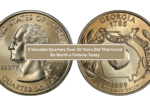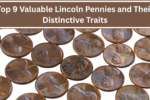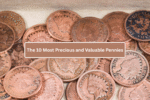When it comes to rare coins, most collectors are familiar with the legendary 1943 bronze penny or the 1909-S VDB Lincoln cent. But beyond the headline-makers are lesser-known coins quietly commanding high prices at auctions and among collectors. These hidden gems, often overlooked by casual hobbyists, can be worth thousands of dollars due to minting errors, limited production, or unique historical context.
Whether you inherited a coin collection or enjoy checking your spare change, here are four obscure U.S. coins that could be worth a small fortune.
1. 1932-D Washington Quarter – Worth Up to $6,000

The Washington quarter debuted in 1932 to commemorate the 200th anniversary of George Washington’s birth. That year, the Denver Mint struck only 436,800 quarters, making the 1932-D one of the rarest in the series.
Though it’s part of a commonly circulated series, this particular coin stands out for its low mintage and strong demand among collectors. In circulated condition, it may sell for several hundred dollars, but uncirculated examples in top condition have fetched $6,000 or more at auction.
Tip: Look for the small “D” mintmark on the reverse side, near the base of the eagle.
2. 1982 No Mint Mark Roosevelt Dime – Worth Up to $3,000
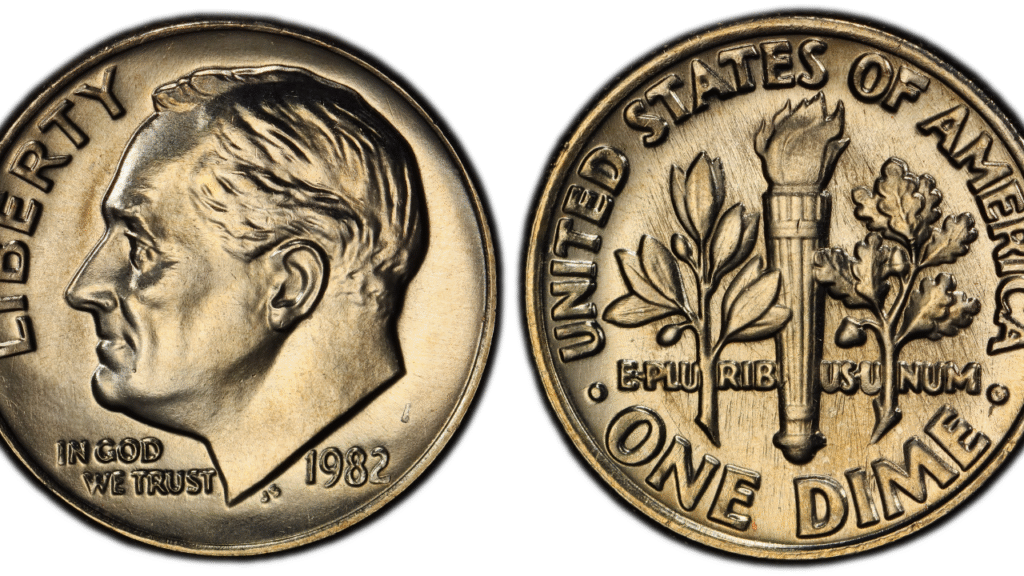
In 1982, the Philadelphia Mint produced Roosevelt dimes without a “P” mint mark, which had become standard starting in 1980. A limited number of these dimes were mistakenly struck without any mint mark at all, making them a rare modern error.
What makes this coin particularly intriguing is its common appearance. Most people wouldn’t give a 1982 dime a second glance. But if yours is missing the mint mark-typically located on the front, above the date-it could be a rare find.
These coins have sold for up to $3,000, depending on their condition.
Tip: Check the obverse (front) of any 1982 dime. If there’s no mint mark and it’s in good shape, it may be worth a professional appraisal.
3. 1999 Wide AM Lincoln Cent – Worth Up to $5,000
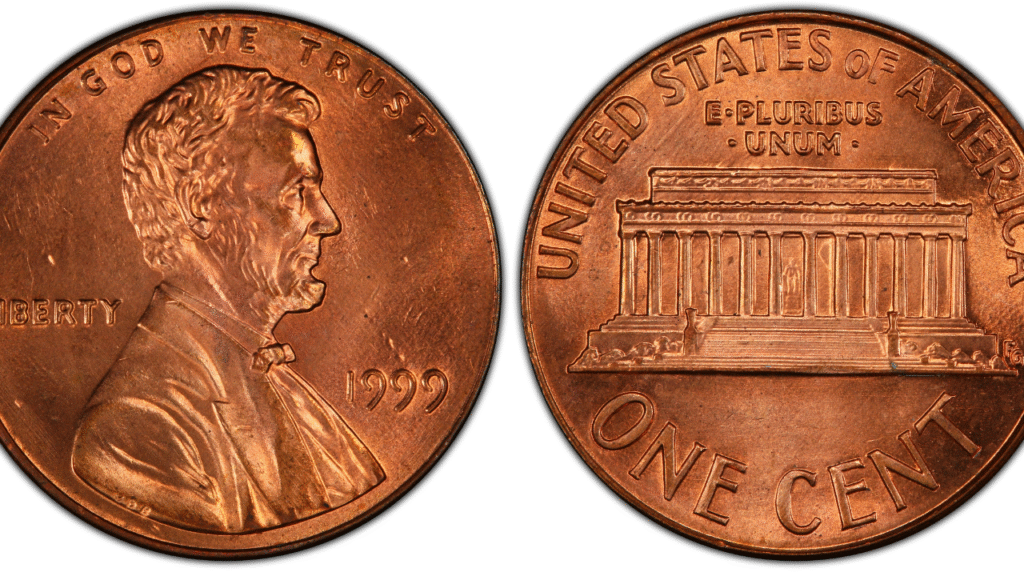
Most Lincoln pennies minted for general circulation between 1993 and 2008 show the letters “A” and “M” in the word “AMERICA” spaced close together on the reverse. However, a few 1999 pennies were struck using a proof-style reverse, which features a wider spacing between the “A” and “M.” These are known as “Wide AM” cents.
This mistake was caught by collectors who noticed the spacing difference and traced it back to a design swap at the Mint. Only a small number made it into circulation.
A 1999 Wide AM penny in excellent condition can be worth $500 to $5,000, depending on the grade.
Tip: Compare the spacing between the “A” and “M” in “AMERICA” to a known 1999 cent. A clear gap means you may have a valuable coin.
4. 1972 Doubled Die Lincoln Cent – Worth Up to $1,500
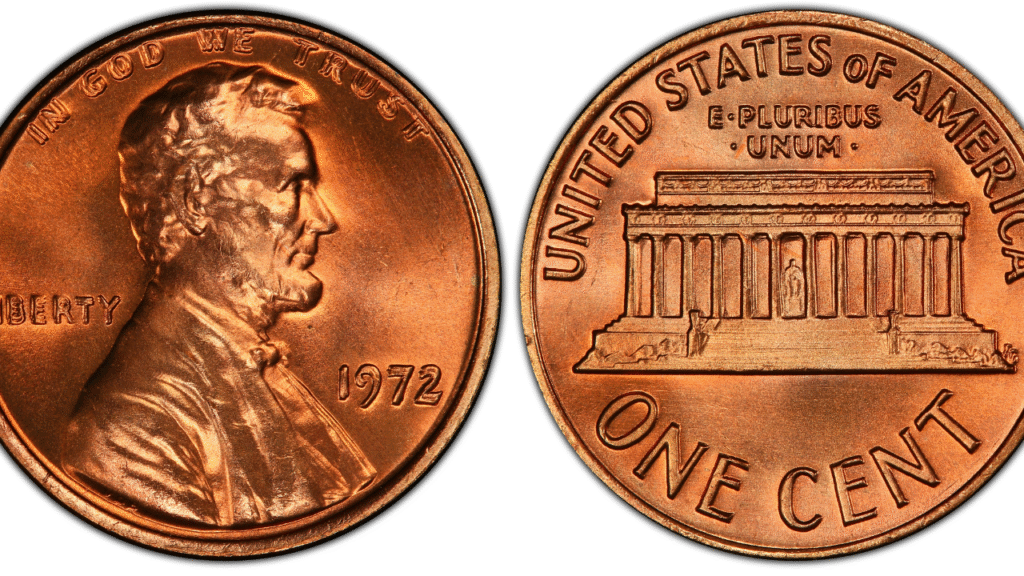
This error coin is one of the more dramatic doubled die examples. The 1972 Lincoln cent was struck with a misaligned die, causing the date and lettering on the obverse to appear doubled. This is especially noticeable in the words “IN GOD WE TRUST” and “LIBERTY.”
Unlike the more famous 1955 doubled die cent, the 1972 version is less well-known-yet still commands serious money from collectors. A certified high-grade version has sold for over $1,500, though more common circulated examples still fetch between $100 and $300.
There are multiple varieties of 1972 doubled dies, but Variety 1 is the most valuable.
Tip: Use a magnifying glass to check for visible doubling on a 1972 penny’s date and inscriptions.
What to Do If You Think You Have a Valuable Coin
If you think you’ve found one of these rare coins, here’s what to do next:
- Don’t clean it – Cleaning can damage the surface and reduce its value.
- Handle with care – Use gloves or touch only the edges.
- Compare with photos – Use trusted numismatic references to confirm details.
- Get a professional appraisal – Grading by a service like PCGS or NGC adds credibility and can increase value.
Final Thoughts
These four lesser-known coins prove that hidden treasures might be sitting in your change jar or old coin album. Whether through minting errors, design quirks, or low production numbers, these coins have captured the attention of serious collectors-and delivered surprising windfalls to lucky finders.
Before tossing your next handful of coins into a tip jar, take a closer look. You might be holding thousands of dollars in the palm of your hand.

